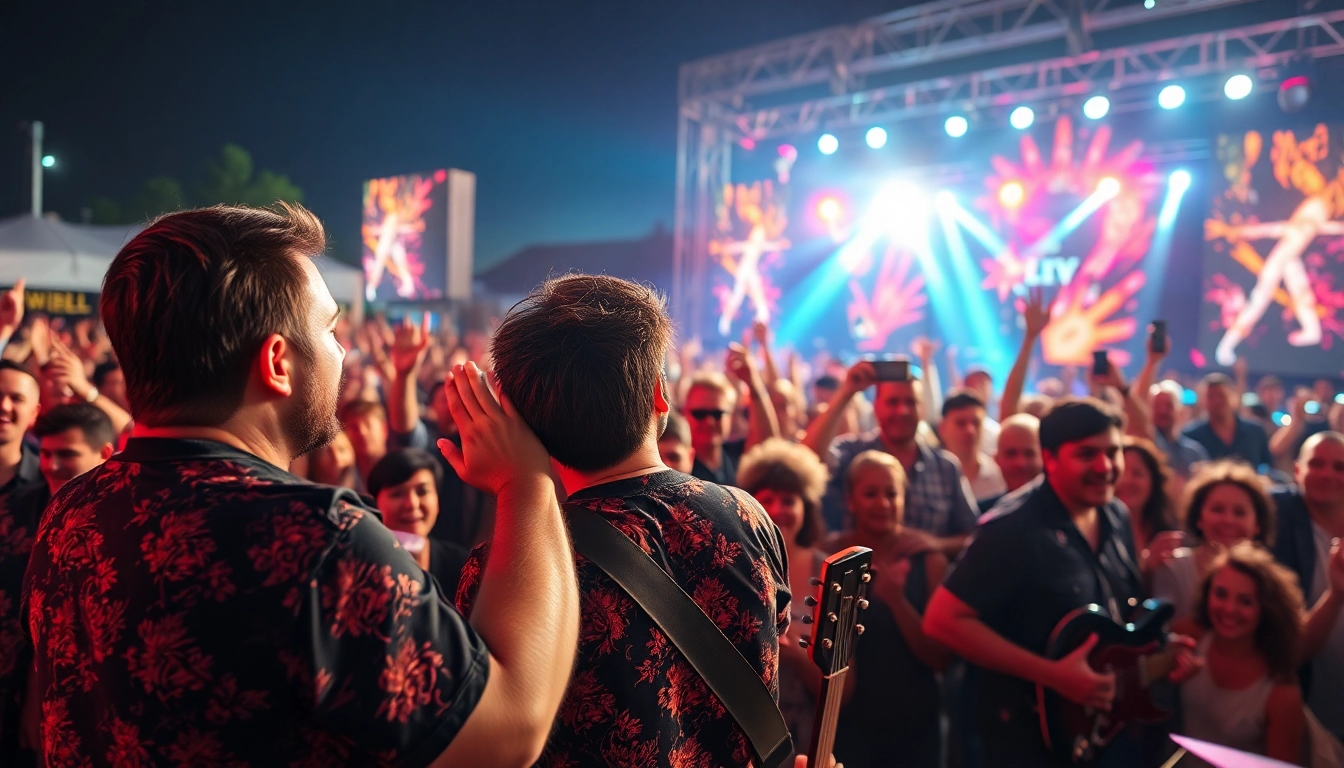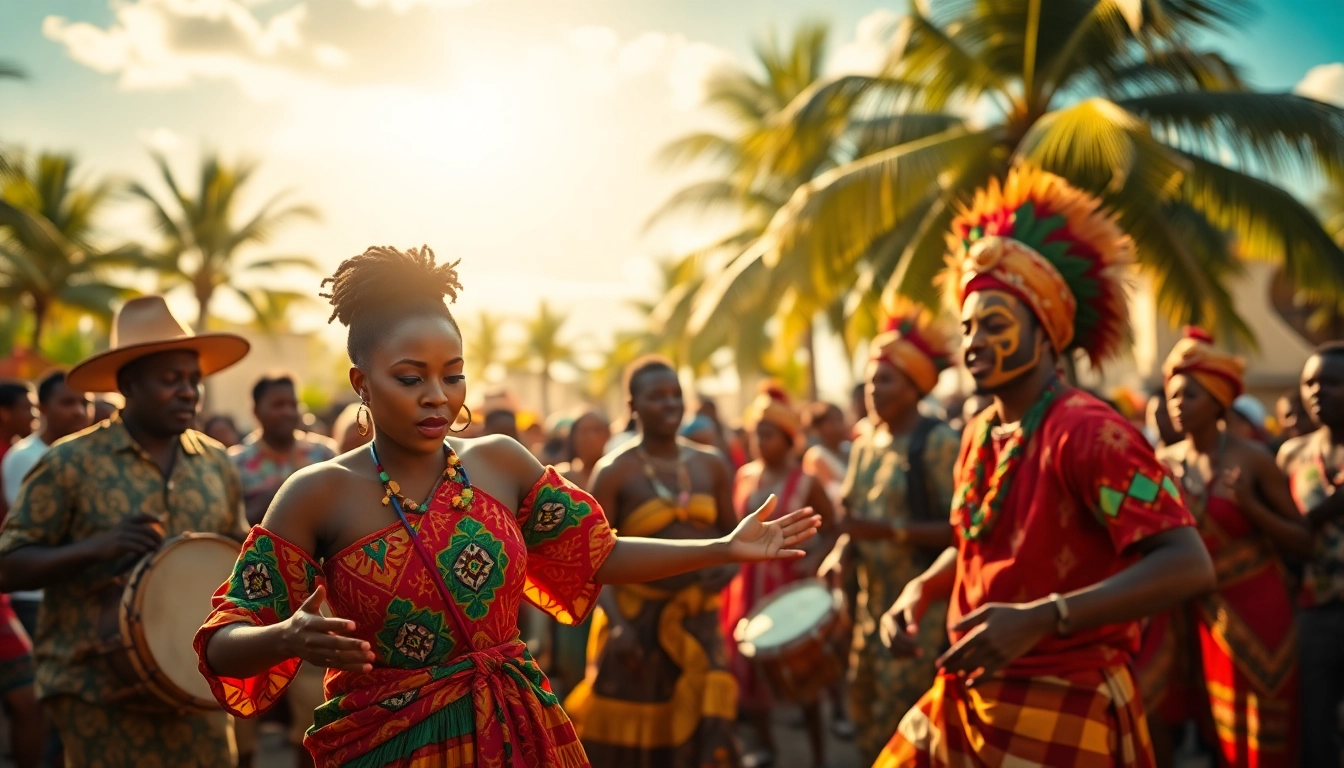Understanding Fan Engagement
In today’s music landscape, fan engagement has emerged as a critical component of an artist’s success. It refers to the methods and strategies artists employ to connect with their audience, build relationships, and encourage loyalty. As the music industry becomes increasingly competitive, understanding the nuances of Fan Engagement is vital for both emerging and established artists alike.
Defining Fan Engagement in the Music Industry
Fan engagement encompasses various aspects, from social media interactions to live performances and exclusive content offerings. It is about creating a deeper connection beyond just the music. The goal is to turn casual listeners into devoted fans who actively participate in the artist’s journey. This can include sharing the artist’s music, attending concerts, and even contributing financially through merchandise purchases or crowdfunding platforms.
Importance of Fan Engagement for Artists
For artists, building strong fan engagement is invaluable. It can lead to greater visibility, expanded reach, and increased sales. Engaged fans are more likely to promote the artist through word-of-mouth and social sharing, acting as organic marketing agents. Additionally, proactive fan engagement can provide artists with critical feedback and insights, helping them to improve their music and overall branding strategy.
Common Challenges in Building Fan Engagement
While the benefits of fan engagement are clear, the path to achieving it is fraught with challenges. Many artists struggle with consistent communication, balancing artistic expression with commercial viability, and standing out in a saturated market. Additionally, measuring engagement levels can be complex, making it challenging to gauge what strategies are most effective.
Strategies to Increase Fan Engagement
Utilizing Social Media Effectively
Social media platforms serve as a vital communication channel for artists seeking to connect with their fans. By creating engaging content that resonates with their audience, artists can share updates, behind-the-scenes looks, and interact directly with fans. Regularly posting content, such as stories on Instagram or tweets, helps maintain visibility and keeps the audience engaged. Furthermore, artists should leverage user-generated content, encouraging fans to share their experiences with the music.
Creating Exclusive Content for Your Fans
Exclusive content serves as a powerful tool for enhancing fan engagement. Artists can offer unique behind-the-scenes videos, early access to new music, or limited-edition merchandise to incentivize fans to stay connected. Platforms like Patreon or Bandcamp enable artists to monetize exclusive content, creating a sustainable revenue stream while also fostering a sense of community among fans.
Organizing Interactive Events and Experiences
Live interactions, whether virtual or in-person, significantly boost fan engagement. Organizing Q&A sessions, listening parties, or interactive concerts allows fans to connect with the artist on a personal level. Additionally, incorporating technology, such as augmented reality or virtual reality experiences, can enhance live performances, creating memorable moments that deepen the fan-artist relationship.
Measuring Fan Engagement Success
Key Metrics to Track Fan Engagement
To determine the effectiveness of fan engagement strategies, it’s essential to track specific metrics. Engagement rates on social media posts, attendance at live events, merchandise sales, and listener statistics on streaming platforms all provide valuable insights. Moreover, analyzing customer feedback and sentiment through surveys or comments can enhance understanding of what resonates with the audience.
Tools for Monitoring Engagement Levels
Various tools can assist artists in monitoring fan engagement. Platforms like Hootsuite and Sprout Social provide detailed analytics on social media activity, while Google Analytics can track website engagement. Additionally, music-focused platforms such as Spotify for Artists and SoundCloud provide insights into listener demographics and engagement levels, allowing artists to tailor their strategies effectively.
Analyzing Fan Feedback for Improvement
Gathering and analyzing fan feedback is critical in recognizing successes and areas for improvement. Surveys and polls on social media or direct outreach can provide valuable insights. Artists should not only focus on positive feedback but also be open to constructive criticism, using it to enhance their music and engagement tactics moving forward.
Real-World Examples of Effective Fan Engagement
Case Studies of Successful Artists
Numerous artists have successfully leveraged fan engagement strategies to build a loyal following. For instance, Taylor Swift utilizes social media to connect with fans, creating a sense of intimacy through personal posts and responding to fan comments. Similarly, Chance the Rapper’s unique approach to distributing music for free in exchange for donations and fan engagement has redefined expectations for artist-audience interaction.
Innovative Campaigns from the Music Industry
Innovative campaigns can dramatically enhance fan engagement. The success of Billie Eilish’s “Where Do We Go?” tour demonstrated the power of experiential marketing, combining music with immersive fan experiences. Artists and labels that adopt creative campaign strategies often see higher levels of engagement and fan loyalty, as they encourage active participation rather than passive listening.
Learning from Music Festivals and Events
Music festivals and events provide excellent case studies in fan engagement, offering a unique amalgamation of performance, community, and interactivity. Festivals like Coachella and Lollapalooza demonstrate how creating diverse, engaging experiences, from art installations to food offerings, can enhance fan interaction and satisfaction, translating into increased loyalty for the performing artists involved.
Future Trends in Fan Engagement
The Role of Technology in Fan Engagement
As technology continues to evolve, its role in fan engagement will only deepen. Innovations in AI and machine learning can personalize listener experiences, suggesting music tailored to individual preferences. Additionally, advancements in virtual reality may transform live performances, allowing fans to participate in ways previously unimaginable, creating immersive experiences that redefine live music.
Anticipating Changes in Audience Expectations
As the music landscape evolves, so do audience expectations. Modern fans desire authenticity and transparency from artists. They are looking for genuine connections and experiences over mere transactional interactions. Artists who can adapt to these expectations by showing vulnerability and sharing personal stories will likely foster stronger loyalty among their audience.
Preparing for the Future of Music and Fan Interaction
To thrive in the future, artists must remain proactive in their approach to fan engagement. Keeping abreast of technological advancements, audience preferences, and industry trends can equip artists to adapt effectively. Integrating innovative engagement strategies while maintaining authenticity will be crucial for music professionals aiming to build lasting relationships with their fanbase.




